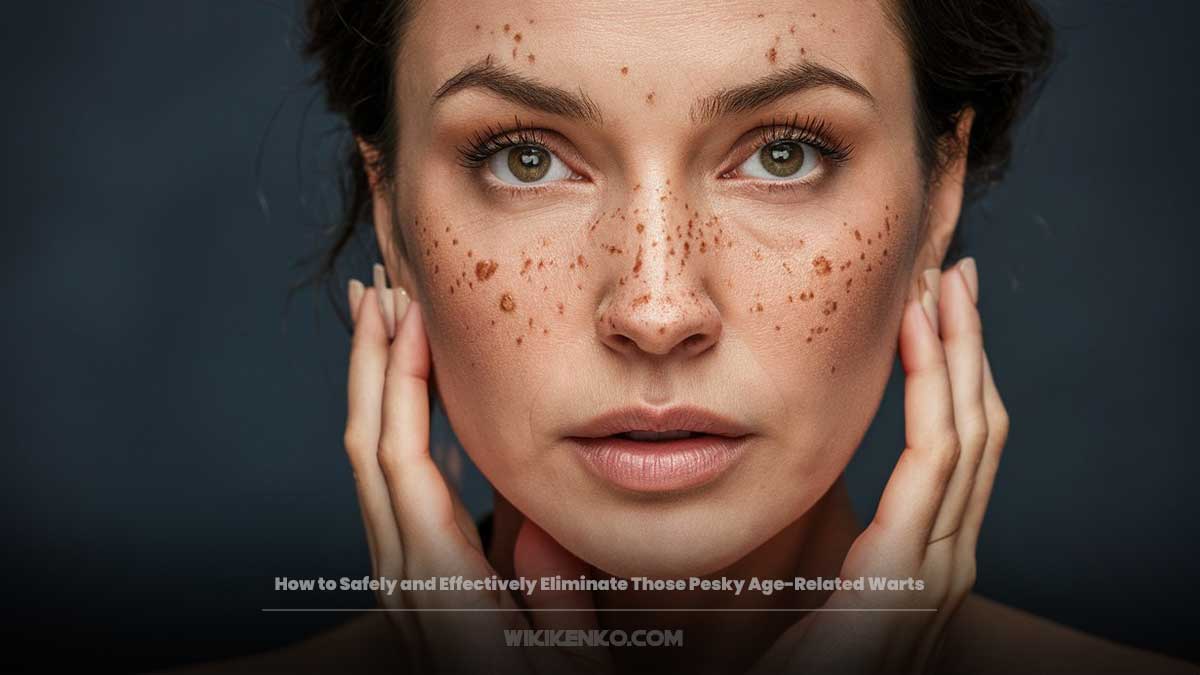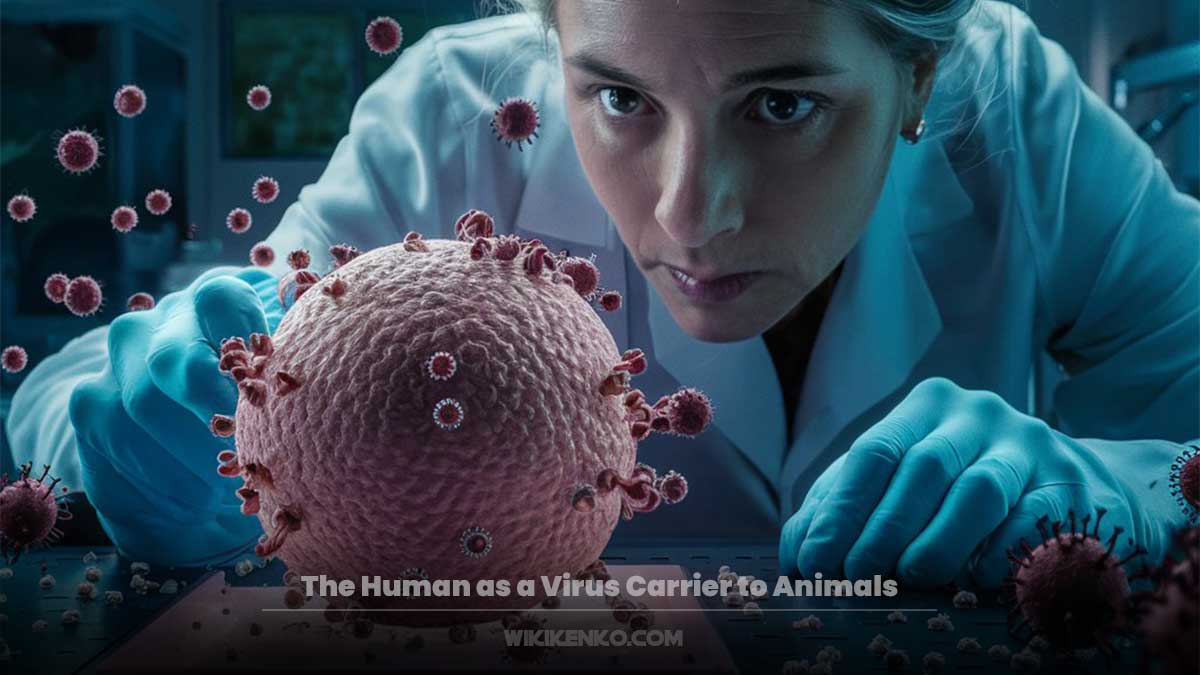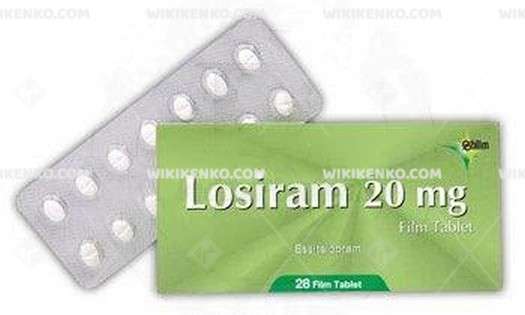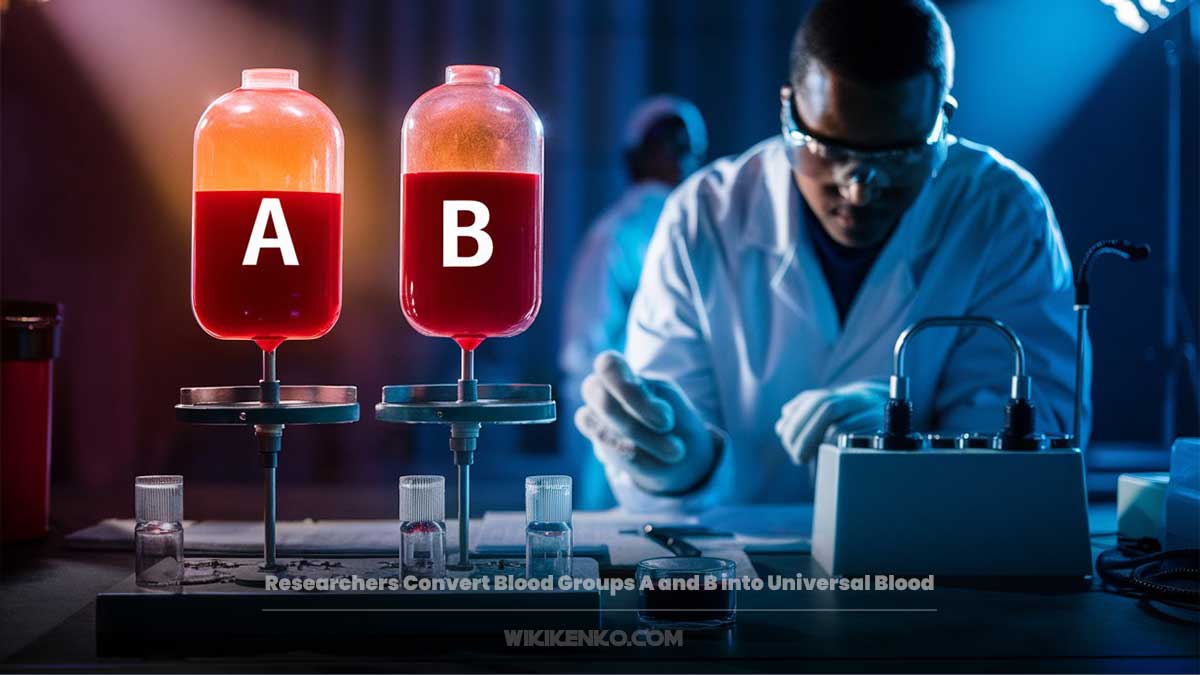|
Getting your Trinity Audio player ready…
|
As we navigate the journey of aging, it’s not uncommon to notice the emergence of small, unsightly bumps on our skin. These growths can appear on various areas of the body, including the torso, armpits, neck, décolletage, scalp, and even the eyelids. However, it’s crucial to understand that not all of these lesions are true warts caused by the Human Papillomavirus (HPV).
Distinguishing Between Warts and Other Common Skin Lesions
“Many people mistakenly confuse these growths with warts,” explains Dr. Javier Pérez Diez from Clínica Premium Marbella. “True warts are actually lesions produced by the HPV virus, which can lead to the proliferation of tissue. They are contagious and can be spread through direct contact, so it’s important to avoid touching, scratching, or going barefoot.
“These types of warts, known as common warts, do require treatment, although many can disappear spontaneously. “When the virus infects the skin or mucous membranes, it can cause rough, warty, white growths, sometimes quite large and resembling cauliflower or coral. At the base of the wart, you may see black dots that correspond to thrombosed capillaries, which the patient may mistake for an embedded foreign object. Warts often appear on the fingers, knees, palms, soles, and oral or genital mucosa,”
Dr. Pablo Fernández-Crehuet, a dermatologist with the GEDET (Spanish Group of Aesthetic and Therapeutic Dermatology) of the AEDV.
what are those supposed “warts” that appear with age?
The fine, wart-like growths that emerge in middle age are one of the primary reasons people visit dermatologists, and they often have their origins in the aging process, genetics, hormonal changes, or, in some cases, prolonged sun exposure. “These are not true warts because they are not caused by any virus, nor are they contagious or self-inoculating,” says dermatologist Amparo Rodríguez, owner of the Amparo Rodríguez Dermatology Center. “It’s important to have a dermatologist examine them, as the most common culprits are seborrheic keratoses or skin tags, although we must also rule out the presence of actinic keratoses.
“The distinction between these lesions is crucial. “Seborrheic keratosis is a growth of the epidermis, the outermost layer of the skin, and it’s a normal part of the aging process. It poses no risk because it is benign, non-contagious, and non-cancerous. It appears as a raised papule, spot, or lesion with well-defined borders and a rough, greasy (seborrheic) surface. They can take on many shapes and sizes, ranging from a more yellowish to a darker, blackish hue, and they may sometimes flake off. They are found on the head, neck, and trunk. They never appear on the palms or soles, and if they appear on the vaginal mucosa, we must always make a differential diagnosis.
The most important thing is that they are benign. They arise due to aging, and there is a genetic predisposition, although they are sometimes associated with sun exposure. In many families, they appear at an early age and in large quantities, with no racial or gender differences,” emphasizes Amparo Rodríguez. While they cannot be prevented, it’s advisable to keep the skin free of oils, dirt, and bacteria, and to protect it from the sun.
“We don’t really know why they appear, but sun exposure and genetic predisposition play a role. The diagnosis is very straightforward, and if we have any doubts, we use epiluminescence, which is a high-resolution lamp that allows us to see that it is a seborrheic keratosis. In the most doubtful cases, a biopsy is recommended,” says Rodríguez.
Skin Tags vs. Actinic Keratoses
Another type of lesion that appears with age is skin tags, or acrochordon. “They are not warts because they are not infectious. They are small, benign tumors with an irregular surface that typically form in areas of the body with skin folds, such as the neck, armpits, groin, and eyelids. They are very similar to seborrheic keratoses, but they occur in areas with skin folds,” clarifies Dr. Pérez Diez.
However, actinic keratoses are different. “They are precancerous, dysplastic lesions that appear in areas of chronic sun exposure over the years without proper protection. They tend to appear on the face, scalp, neck, décolletage, and the backs of the hands, and they are a manifestation of the precursor stages to skin cancer. Actinic keratoses are rough, hard to the touch, whitish or flesh-colored, and bleed easily. When removed, they regenerate and reappear. They must be evaluated by a dermatologist, as they can, albeit slowly, progress to non-melanoma skin cancer,” indicates Dr. Pablo Fernández-Crehuet.
Should Seborrheic Keratoses Be Removed?
This decision is highly personal. “Since it is a benign lesion, they are only treated if the patient wants to because they are bothering, itching, or bleeding. If they are in areas of friction, such as the submammary region, they can become macerated and very uncomfortable. Spontaneous resolution is usually very rare, unless they are very small and we eliminate them by scratching. Therefore, if we don’t want them, we have to remove them. Additionally, seborrheic keratoses tend to grow with age, which is something to consider,” affirms Amparo Rodríguez. On the face, seborrheic keratoses can cause self-consciousness. “Normally, they are darker than the surrounding skin, and sometimes they can appear in large numbers, constituting a distinct entity called dermatosis Papulosa Nigra, like those presented by actor Morgan Freeman,” says Javier Pérez Díez of Clínica Premium Marbella.
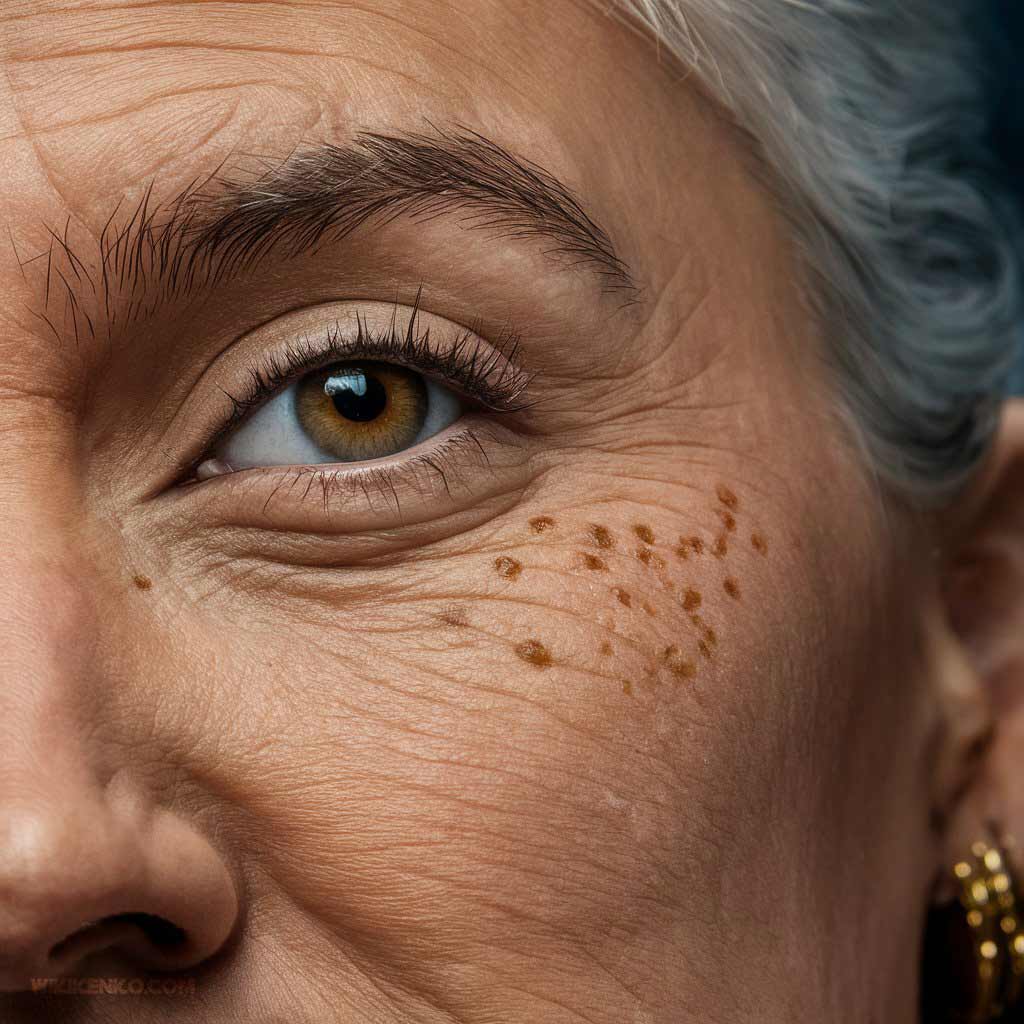
Safe and Effective Methods for Removal
Seborrheic keratoses can be removed through cryotherapy, electrocautery, surgery, and laser therapy, among other methods. The most appropriate approach depends on the location, size, and characteristics of the growth, as well as the patient’s preferences and the doctor’s experience. The dermatologists’ first advice is to avoid home remedies such as applying adhesive tape, dressings, salicylic acid, or other creams or liquid cosmetic preparations. “These are not recommended due to the risk of infection, pain, or scarring. They may peel the lesion, but they don’t manage to eliminate it; on the contrary, they often leave marks,” emphasizes Amparo Rodríguez. Experienced dermatologists provide the safest and most effective methods.
Cryotherapy
Cryotherapy involves freezing the growth using liquid nitrogen (-192°C) to destroy the affected cells. “It’s a quick and simple procedure performed in the office. Afterward, a wound may remain for a few days until the lesion falls off in one or two weeks; it’s not an instant process,” explains Dr. Antonio Carvajal, an aesthetic physician with a clinic in Oviedo. It’s not recommended to do this in the summer, as it can leave residual hyper- or hypopigmentation.
Laser Treatment
“The use of ablative CO2 and Erbium:YAG lasers in pulsed and ultrapulsed modes (with very short repetition times) can remove the lesion layer by layer with great precision. After the session, a fine crust forms for a week, then it falls off, leaving the area slightly reddish, but it gradually regains its normal color without any marks or scars; that’s why it’s the best solution. Afterward, it’s important to protect the treated area from the sun,” warns Dr. Javier Pérez Diez of Clínica Premium Marbella.
Electrocautery
This involves removing the lesions with an electric scalpel. “Local anesthesia is applied to the treatment area, and the area is ‘burned’ with an electric scalpel. It usually doesn’t leave a scar, but the tissue damage is greater than with laser, and there is a higher risk of leaving some mark. In small areas, it can be done in the summer if the area is well protected from the sun with high SPF,” describes Amparo Rodríguez.
Conclusion: Embracing Skin Changes with Confidence
As we navigate the natural process of aging, it’s not uncommon to notice the appearance of small, unsightly growths on our skin. However, it’s crucial to understand that not all of these lesions are contagious warts caused by the HPV virus.By educating ourselves on the different types of skin growths, such as seborrheic keratoses, skin tags, and actinic keratoses, we can work closely with our dermatologists to identify and address any concerns. Through safe and effective removal methods, we can maintain a healthy, youthful appearance and boost our self-confidence as we gracefully age.Remember, caring for our skin is an important aspect of personal and professional development. By staying informed and proactive about skin health, we can feel empowered to present our best selves to the world, both inside and out.
Original source: This information was Initially covered by elpais.com and has been translated for our readers.
